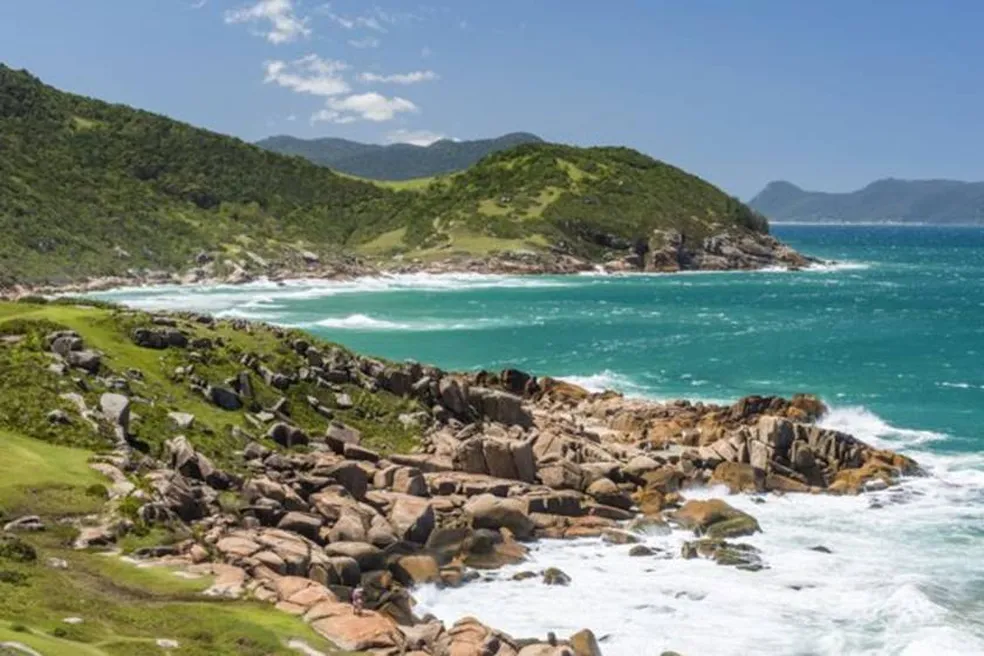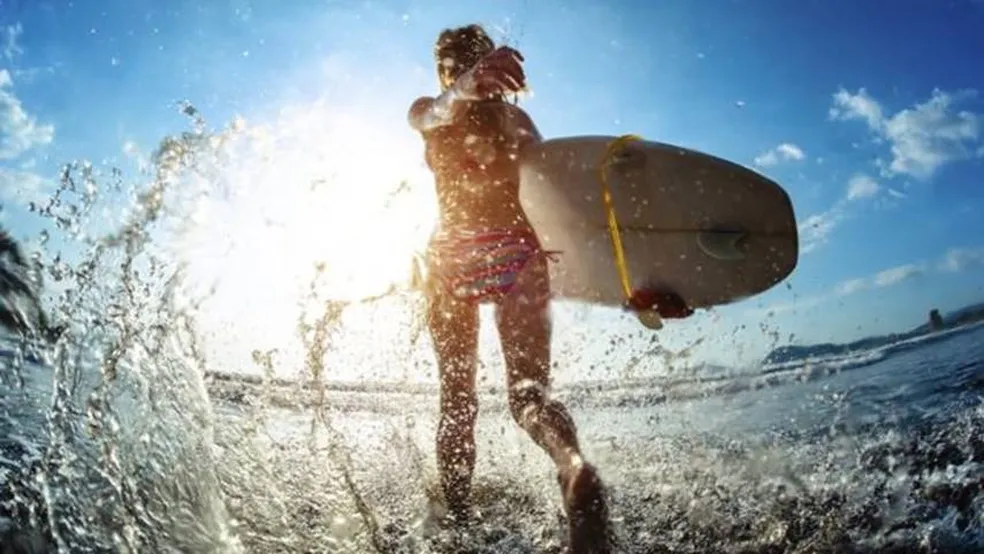There are countless beaches suitable for surfing in the world.
Still, only 12 have been considered “World Surfing Reserves” – a program of the NGO Save The Waves Coalition, dedicated to preserving and protecting surfing areas worldwide.
Among them are five in Latin America and one in Brazil: Guarda do Embaú, Santa Catarina.

Beach number 12 was recently chosen: a coastline of about 30 kilometers around Braunton Burrows on the north coast of Devon in southwest England.
“We are delighted that this extraordinary coastline will be recognized for the quality of its surfing and its valuable ecosystem,” said Kevin Cook, a surfer and admirer of an area that is also part of the World Network of Biosphere Reserves for its spectacular landscapes, wildlife, and cultural heritage.
“Now we can work together to protect this area for future generations,” he added.
Sites are chosen through a process in which five criteria are considered: the quality and consistency of the waves, the unique environmental characteristics of the site, its role in surf culture and history, community support and participation, and whether it is a priority protected area for conservation.
The first beach in the world to win the title of “World Surfing Reserve” was Malibu, in California – a place where surfers worldwide have gathered for a century to search for the “perfect” wave.
At the time, Malibu stood out “for the key role it played in the birth of modern surf culture,” as well as for the rich ecosystem that surrounds it.
Australia also has other beaches that have received the distinction: Gold Coast and Noosa.
The only other country with more than one ‘World Surfing Reserve’ is the United States – Santa Cruz, California, and Malibu.
FIVE BEACHES IN LATIN AMERICA
With five beaches, Latin America is the region best represented in the list of ‘World Surfing Reserves’, with Huanchaco in Peru being the first to receive the distinction in 2013.
Huanchaco, Peru, 2013
This fishing village of pre-Columbian origin is famous “for its constant and clean waves” but also for its traditional boats known as Caballitos de Totora.
“Huanchaco has a wave surfing tradition that goes back thousands of years. I congratulate all Peruvians for striving to preserve and protect this unique and historic beach,” said Felipe Pomar, world surfing champion, in 1965.
Todos Santos Bay, Mexico, 2014
Considered the birthplace of surfing in Mexico, this area of Mexico’s Pacific coast offers all kinds of challenges for beginners and more experienced surfers due to the high quality of its waves.
Punta de Lobos, Chile, 2017
With waves ranging from one to 10 meters, Punta de Lobos in Chile has waves that connect and produce “tubes” of more than 800 meters.
But the beach is also known for its biodiversity, with various marine species and endemic plants.
Guarda do Embaú, Brazil, 2019
Located 46 km south of Florianópolis, this beach, which offers quality waves that break all year round, is next to the Serra do Tabuleiro State Park, the largest conservation unit in Santa Catarina.
It forms a natural environment that includes the Madre River, an intact estuary, and dunes.
Hermosa Beach, Costa Rica, 2022
Costa Rica’s Hermosa Beach has been awarded the “World Surfing Reserve” title thanks to the area’s “incredible biodiversity, strong community support, a clearly articulated conservation vision, as well as its world-class waves.”
There, much of the local business centered around surfing.

With information from BBC
News Brazil, English news Brazil, Brazilian tourism

